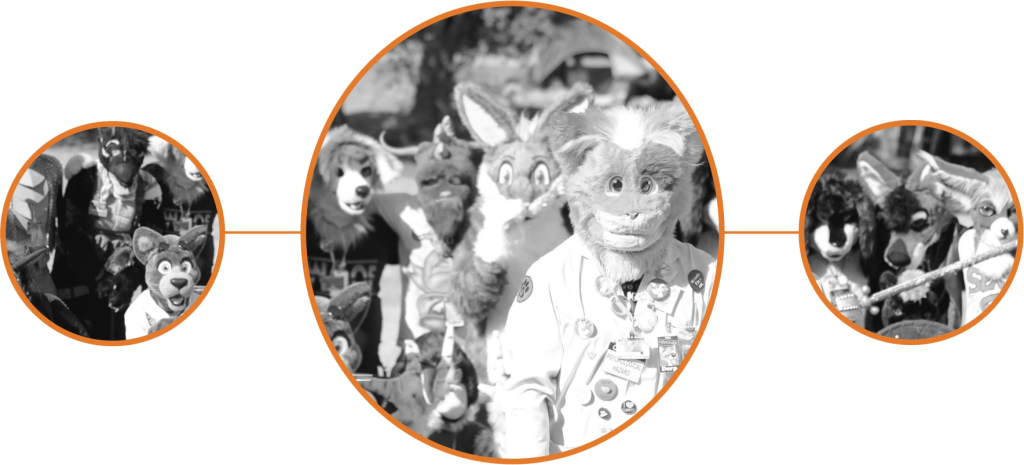The IARP’s years of research indicate that the furry fandom has literally prevented some youth from committing suicide, and yet furries, when known about, occupy a disproportionately but ironically, socially acceptable stigmatized position in mainstream culture. Furries experience stigma due in part to the visually unique nature of furries in conjunction with incendiary, sensationalist media portrayals (e.g., CSI: Fur and Loathing in Las Vegas; 1000 Ways to Die; Vanity Fair etc.) which cast furries and the fandom as a deviant sexual fetish; if the fandom is about anything, it’s about friendship and community, which makes the mainstream media’s reduction of the fandom to a fetish insulting and categorically and demonstrably inaccurate.
These inaccurate portrayals, combined with the public’s unfamiliarity with the fandom, make many furries (reasonably) fear discrimination and violence. Documented media and online incidents have stigmatized furries and made it difficult for them to “come out” or socialize for fear of negative repercussions, abuse, and ostracism. Many furries have faced emotional, physical, and bullying due to ignorance and intentional misrepresentations. Like other marginalized communities who have benefited from advocacy (e.g., LGBT), furries need evidence-based support to negate this pervasive stigma.


Recent Comments